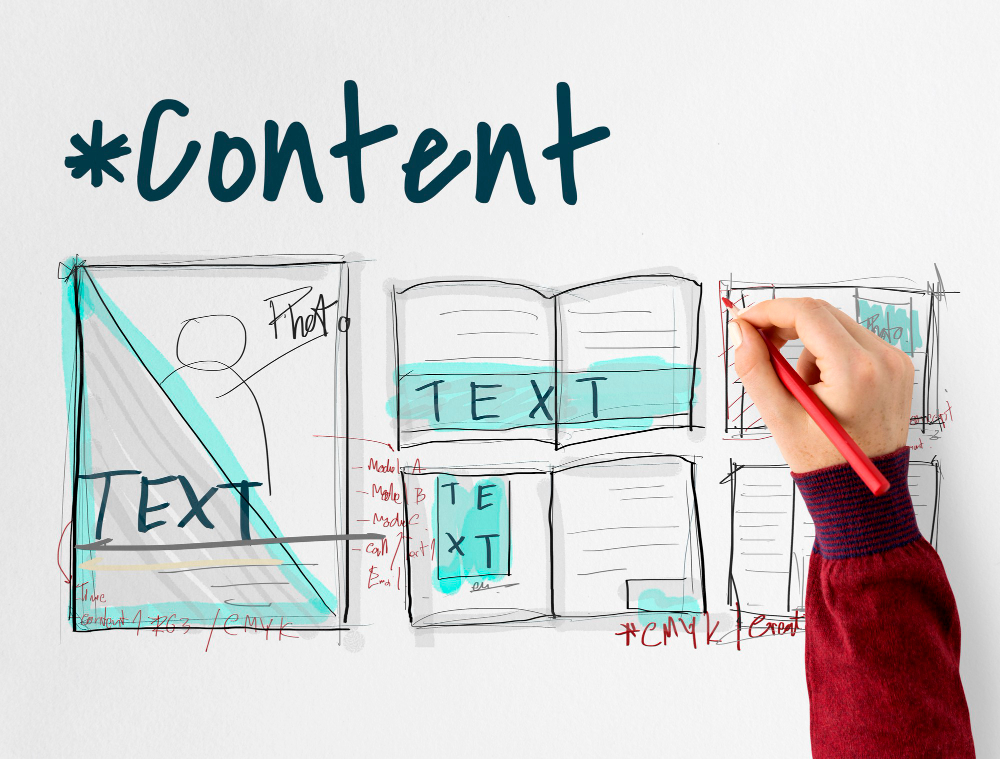Creating content today is no longer just about filling space on a webpage or publishing something for the sake of being active online. In 2025, content must do much more—it must connect with your audience, provide real value, and ultimately lead to action. With growing competition in every industry and users becoming more selective, only high-quality, intent-driven content will stand out.
This detailed step-by-step guide will walk you through how to create compelling content that not only attracts visitors but also converts them into customers or loyal followers. Whether you are a business owner, digital marketer, blogger, or content creator, you will learn how to plan, write, optimize, and promote content that aligns with your brand’s goals and the expectations of your audience.
You do not need to be a professional writer or technical expert to apply these strategies. Each step is built around simple but effective techniques that are easy to implement and adaptable to any content format—whether it’s blog posts, landing pages, service descriptions, or social media content.
1. Identify Your Target Audience and Their Pain Points
Great content always starts with a deep understanding of who it is for. Define your target audience clearly—what are their needs, interests, struggles, and questions? Use this insight to shape content that directly speaks to their problems and offers solutions. The more relevant your message, the higher your chances of engagement and conversion.
2. Set Clear Content Goals
Before you start writing, define what you want to achieve with each piece of content. Are you aiming to generate leads, drive sales, build brand awareness, or educate your audience? Setting a clear goal ensures that your content has direction and purpose, and it helps you measure success more accurately.
3. Craft Magnetic Headlines
Your headline is the first thing users will see, whether in search engine results or on social media. It must capture attention immediately. Use emotional triggers, numbers, and clear benefits to make your headlines irresistible. A strong headline increases click-through rates and sets the tone for the rest of the content.
4. Write Engaging, Value-Driven Content
Provide information that is useful, insightful, and directly aligned with what your audience is looking for. Break content into clear sections, use simple language, and maintain a conversational yet professional tone. Use storytelling, statistics, examples, and actionable tips to keep readers interested and involved.
5. Use Visuals and Media to Support the Message
Incorporate relevant images, graphics, videos, and infographics to enhance understanding and break up long blocks of text. Visual content not only improves readability but also increases time on page and retention. Make sure all media is optimized for SEO with proper filenames and ALT tags.
6. Include SEO Elements Naturally
Optimize your content for search engines by incorporating relevant keywords, internal and external links, and metadata. But avoid stuffing. The focus should remain on readability and user experience. SEO should support your message, not disrupt it.
7. Create a Strong and Clear Call-to-Action (CTA)
Every piece of content should guide readers toward a next step. Whether it is signing up for a newsletter, making a purchase, or booking a call, your CTA should be clear, persuasive, and easy to follow.
8. Ensure Mobile and Readability Optimization
With most users browsing on mobile, your content must be easy to read on all screen sizes. Use short paragraphs, bullet points, headings, and enough white space to make scanning easier. Choose clean fonts and responsive layouts that enhance the mobile experience.
9. Distribute Your Content Effectively
Creating great content is not enough—you need to get it in front of the right people. Share your posts through email campaigns, social media, content syndication platforms, and even paid ads. Use a consistent posting schedule and track what channels bring the best results.
10. Analyze Performance and Refine Your Strategy
Use tools like Google Analytics, Search Console, and heatmaps to evaluate how your content is performing. Look at metrics like bounce rate, average time on page, and conversion rate. Use these insights to improve future content and refine your strategy.
By following this process, you can create content that not only attracts traffic but also builds trust, delivers value, and drives meaningful conversions. In 2025 and beyond, success in digital marketing will belong to those who create content with purpose, strategy, and the user in mind.

